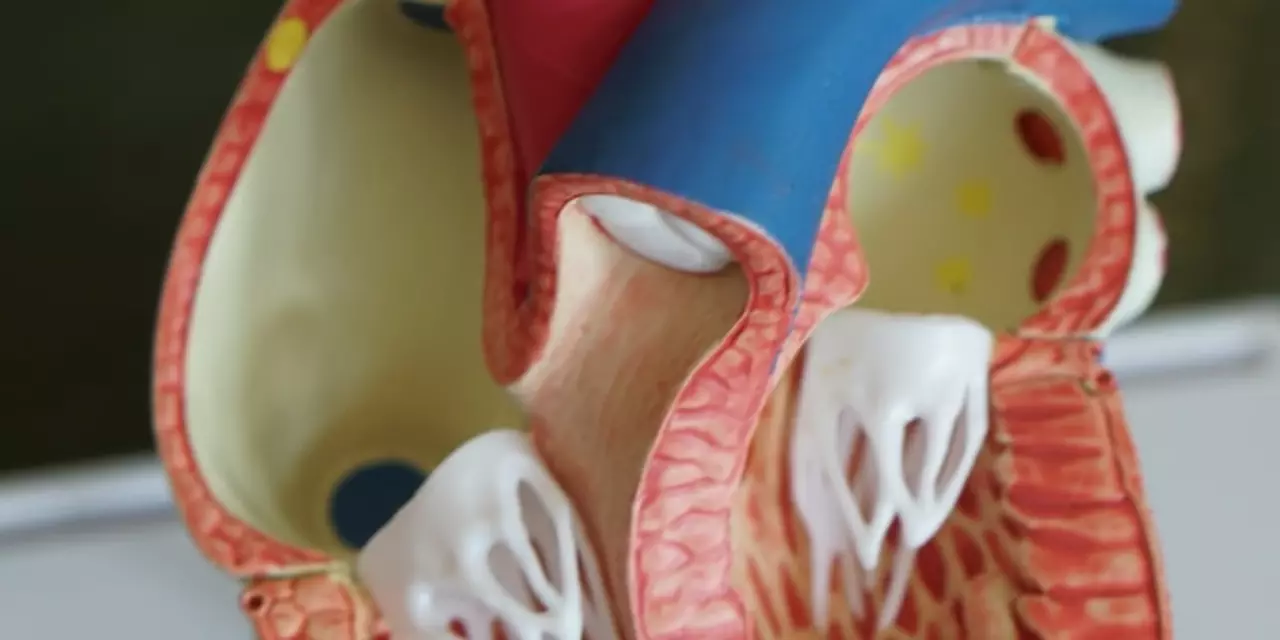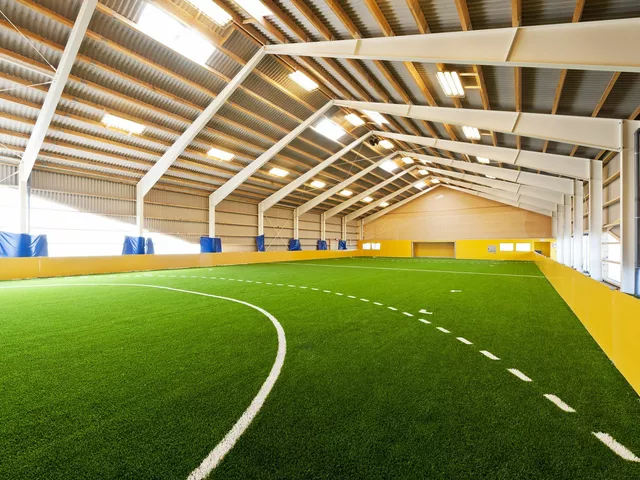Preventive Measures: Simple Tips to Keep You Safe in Sports
Anyone who's taken a tumble on the field knows how fast a fun game can turn into a painful memory. The good news is you can stop most injuries before they happen with a few easy habits. Below you’ll find straight‑forward steps that fit into any schedule, whether you’re a weekend hobbyist or a serious athlete.
Why preventive measures matter
Every time you run, jump, or swing, your muscles and joints take a little stress. Over time that stress adds up and can lead to strains, sprains, or worse. Using preventive measures isn’t about being paranoid; it’s about giving your body the support it needs so you can stay in the game longer. A simple warm‑up can raise your body temperature, making muscles more flexible and less likely to tear.
Everyday preventive steps
1. Warm up properly. Start with five minutes of light cardio—jogging, skipping rope, or brisk walking. Follow with dynamic stretches that move the joints through their full range, like leg swings or arm circles. Save static stretches for after the session when muscles are already warm.
2. Use the right gear. Shoes with good support and traction protect your feet and knees. If you’re playing a contact sport, wear helmets, pads, or mouthguards as required. Even a well‑fitted wrist brace can stop a sprain before it starts.
3. Stay hydrated. Dehydration makes muscles fatigued quicker, which raises injury risk. Aim for water before, during, and after play. For longer sessions, a sports drink with electrolytes helps keep balance.
4. Listen to your body. Pain is a warning sign, not a badge of honor. If something feels off, take a break, apply ice, and assess. Pushing through sharp pain often turns a minor issue into a serious setback.
5. Build core strength. A strong core stabilizes your spine and improves balance, reducing twists that cause ankle sprains. Simple planks, bridges, and side‑lying leg lifts add a solid foundation without heavy equipment.
6. Cool down and recover. After the game, spend five minutes walking to lower heart rate, then do static stretches for each major muscle group. Stretching helps lengthen fibers that tightened during play, easing soreness and keeping flexibility high.
These steps don’t require a gym membership or fancy gadgets. They just need a few minutes of attention before and after each session. By making them a habit, you’ll notice fewer aches, quicker recovery, and more confidence on the field.
Ready to try? Pick one tip you haven’t been doing, add it to your next practice, and see how it feels. Small changes add up fast, and before you know it, preventive measures become second nature. Stay safe, stay active, and enjoy the game without the setbacks.





